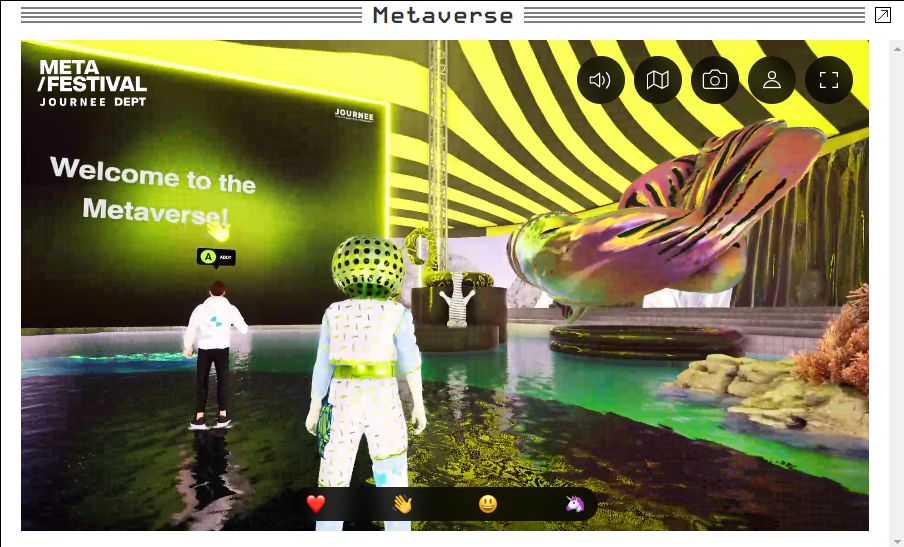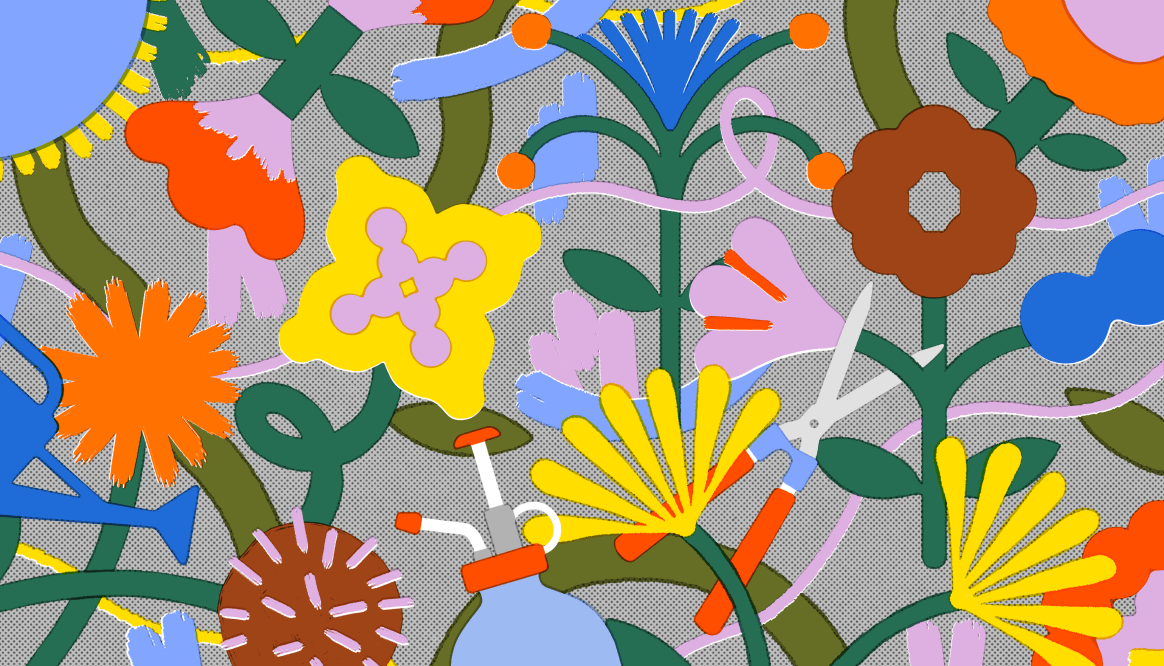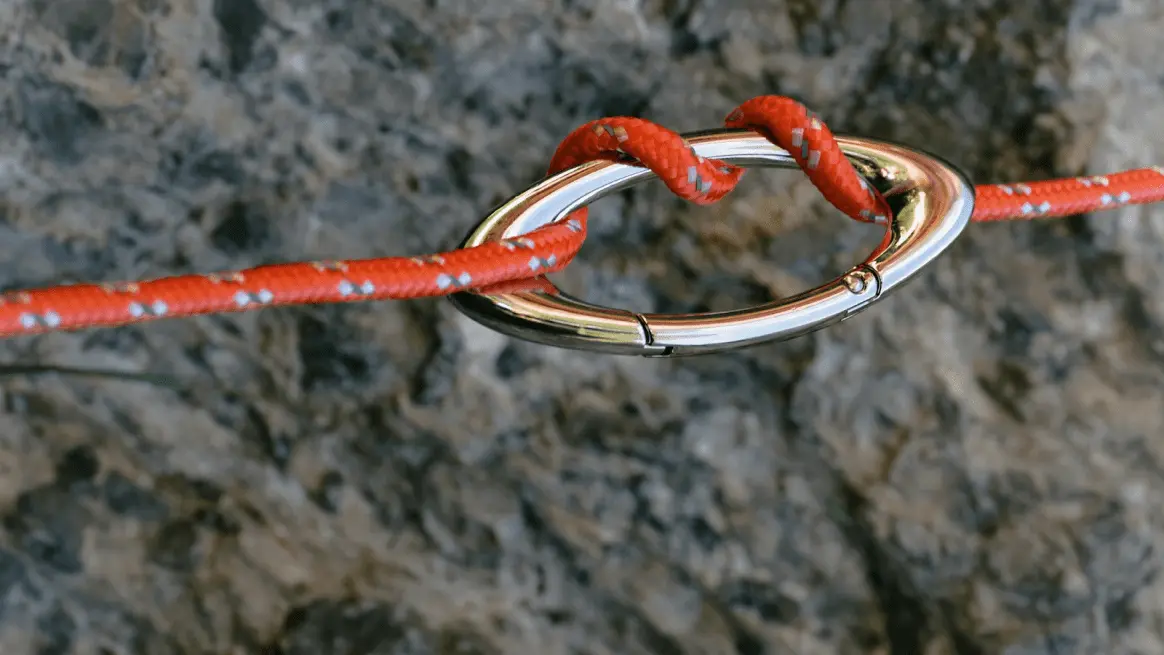We hosted the first 24H festival in the metaverse: here’s what we learned.
Everyone’s talking about the metaverse. But, according to our research, understand what it is. That’s why DEPT® and transformed this year’s Meta Festival into a historic 24H virtual celebration: an event within the metaverse, about the metaverse. From construction to content to PR, this is what we learned.
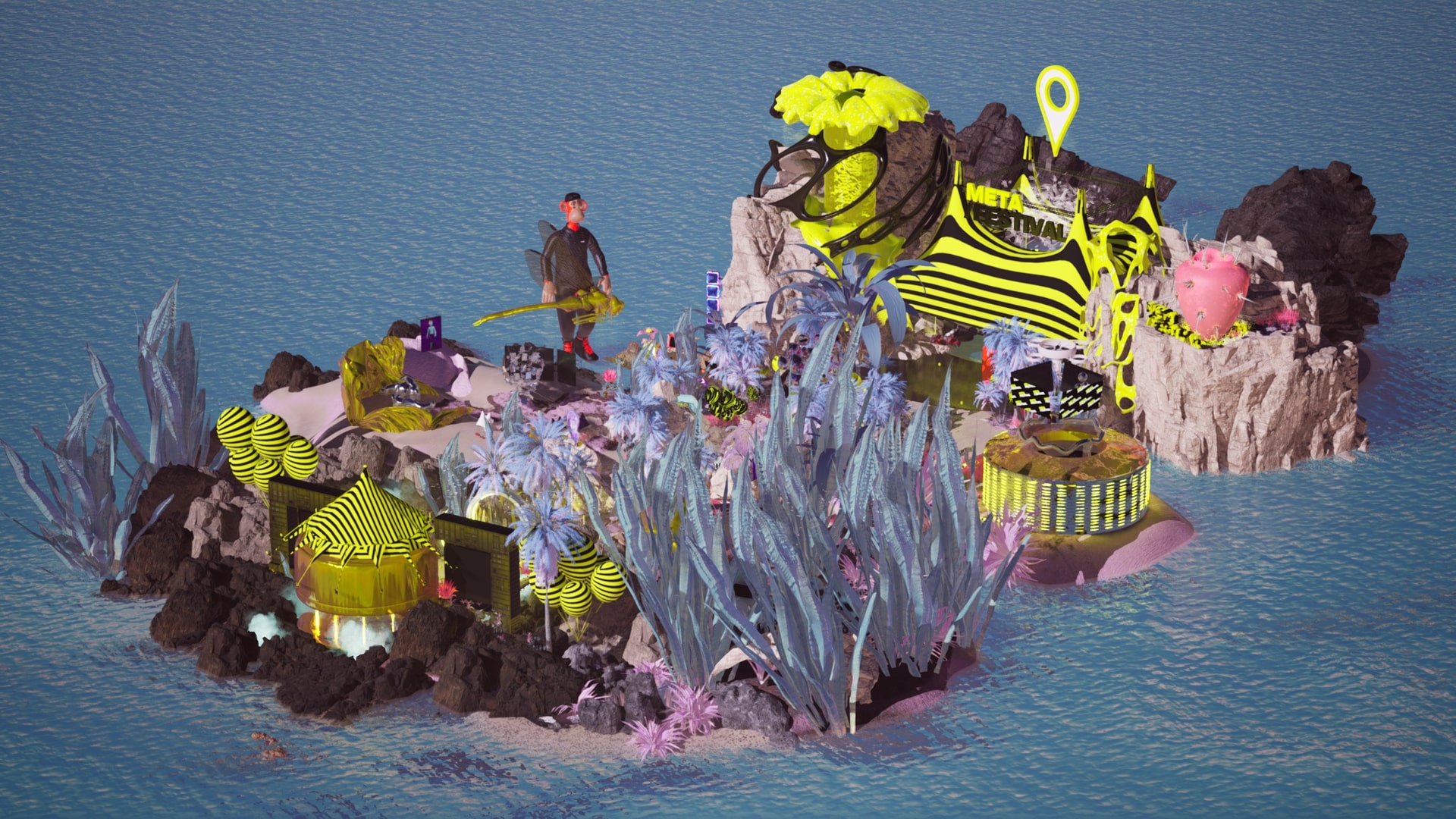
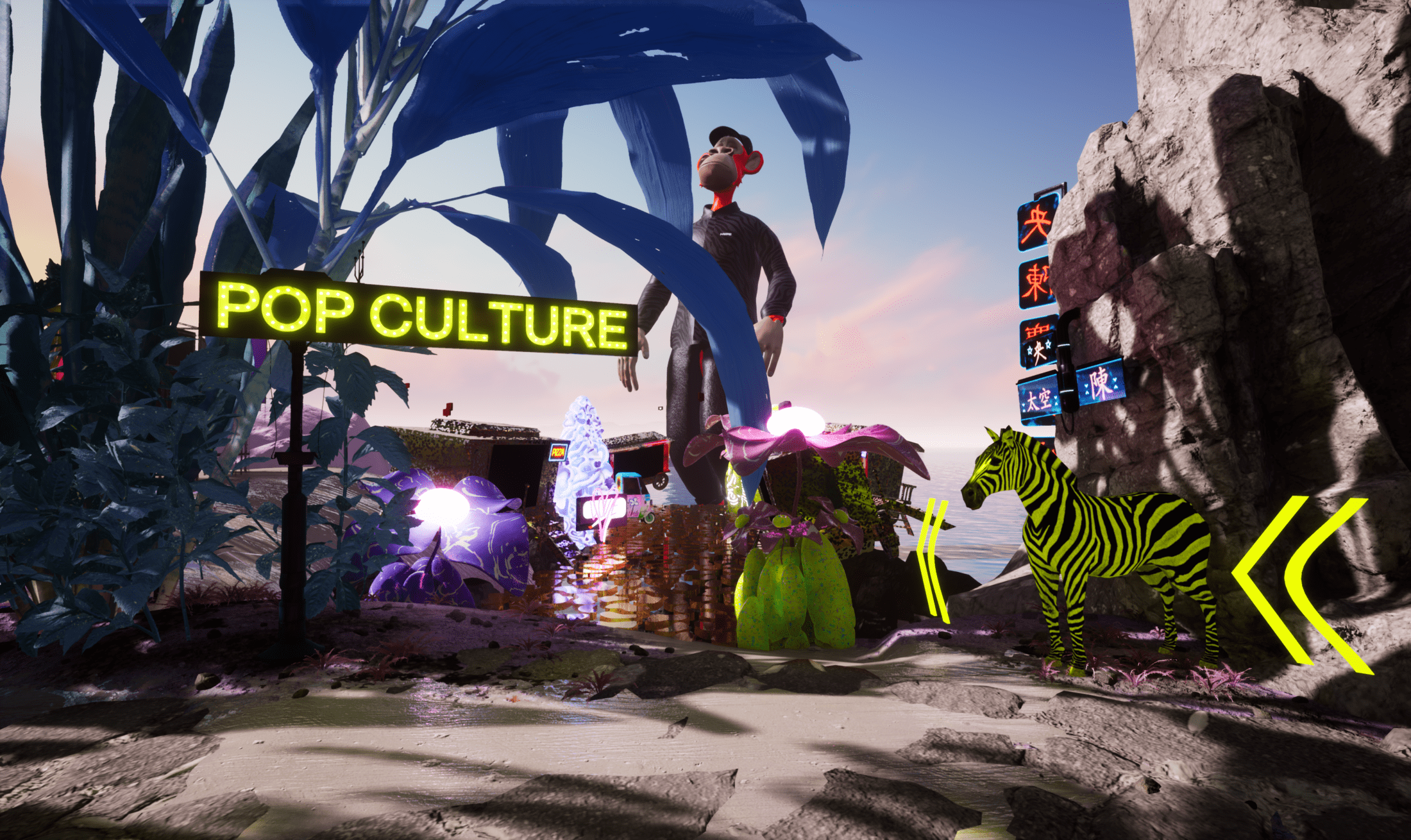
Designing with Unreal Engine
Unmatched capability
Our creativity in designing Metapolis was powered by Epic Games’s Unreal Engine 5, the suite of virtual world building tools that Fast Company has predicted could become key to the breakthrough of the metaverse.
Unreal Engine is what makes the creative possibilities of metaverse events almost limitless. One of the ways we let our creativity run wild was by pulling inspiration from Travis Scott’s iconic Fortnite performance and adding our own digital giant to Metapolis: a runway-walking HAPE.
Limitations to consider
Of course, the technology around metaverses is still evolving and there are important limitations to consider even with Unreal Engine.
Unreal Engine applications are streamed to user devices via Pixel Streaming which, as a cloud-based service, can only host so many users at a time.
The risk of reaching capacity in Metapolis made it necessary to create a locally hosted domain where users could wait before entering. We created what we called our “Desktop,” which featured a few applications as well as a chat.
The Desktop also linked to a YouTube livestream of each of the three regional panel sessions, to ensure that even if someone was unable to enter the metaverse, they wouldn’t miss out on our live content. The same livestream was also broadcast on Twitter, LinkedIn, and Twitch to make the content available to not just attendees but also to our followers on those platforms.
With upwards of 12 thousand registrants for Meta Festival and a last-minute technical error that capped Metapolis capacity at ~1000 users, we were happy to see that the Desktop kept anyone who had to wait to enter Metapolis sufficiently entertained.
Providing content that educates…
We assembled over 100 speakers from top-shelf brands across industries, including Volkswagen, H&M, WIRED, Forrester, Algorand, Heinekin, Epic Games, Netflix, and more.
These speakers prerecorded talks that we incorporated as a major feature of the Metapolis landscape. The landscape was divided into sections that included areas dedicated to four core themes: Diehard Tech, Immersive Experiences, Betterverse, and Pop Culture. Each area contained viewing screens that attendees could approach with their metaverse avatars and use to stream a relevant talk.
Providing prerecorded content helped ease the strain of a 24H festival on our event crew, while still providing valuable insights to attendees. That said, the general feedback was that watching the talks from a screen in the metaverse felt underwhelming. The delivery of the content simply didn’t match the experience around it.
By contrast, our live regional panels earned rave reviews.
Each of the three live panel sessions took place on the Metapolis Main Stage and kicked off at 2 pm local time in Singapore, Amsterdam, and New York. These were all hosted live from a studio space in Amsterdam and featured 35-minute sessions with 3-5 speakers discussing each of the four core Meta Festival themes.
Providing regional content helped ensure our 24H event had global appeal and presenting it live gave attendees the opportunity to ask questions and feed off of the buzz of the in-studio hosts.
Overall, the live panels were more interactive, exciting, and met the high standard set by the overall experience of the metaverse.
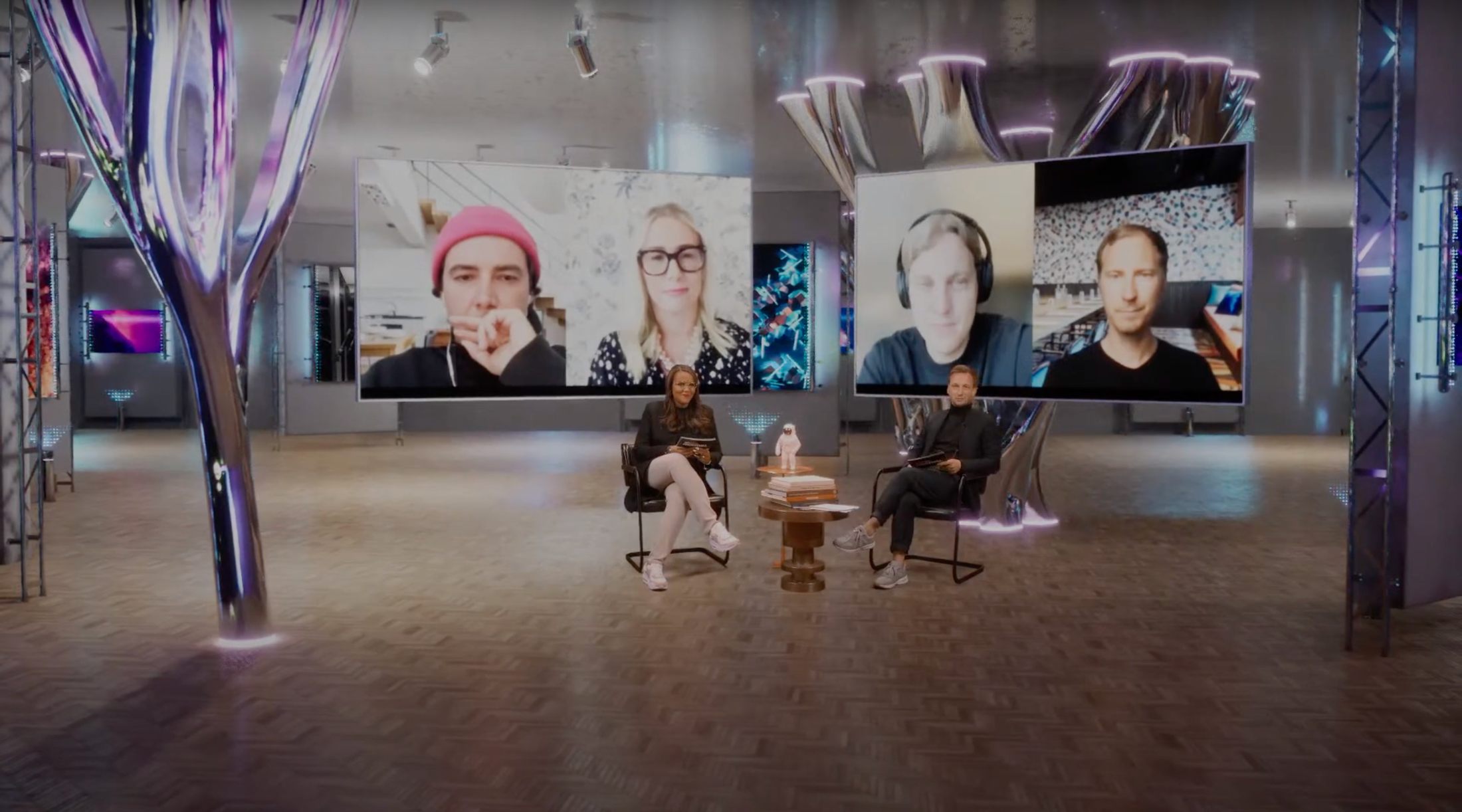
…and also entertains.
Although the majority of content was focused on providing deeper insight into the metaverse and Web3, we also wanted to make sure that Meta Festival would still entertain and amuse.
We created a live Playground available outside Metapolis on the Desktop that embraced everything and anything. From a lesson in Wim Hof breathing to a magic act, to a plant parenting workshop, and even an introduction to the world of yodeling: there was something for everyone to sit back and enjoy.
Within Metapolis, we also made sure to incorporate elements of the Playground with a few fun Easter eggs. Attendees who stumbled upon the Boiler Room could stream a DJ set or, if they found the giant Listening Point ear, they could tune into an ASMR experience. Other surprises included a hoverboard for avatars to ride, a fortune-telling wheel, and a cannon that blasted Hello Kitty bubbles.
Overall, the Playground and other pieces of Meta Festival entertainment were important to help break up the technical content. That said, attendees wanted to see more of it integrated into the metaverse experience of the event.
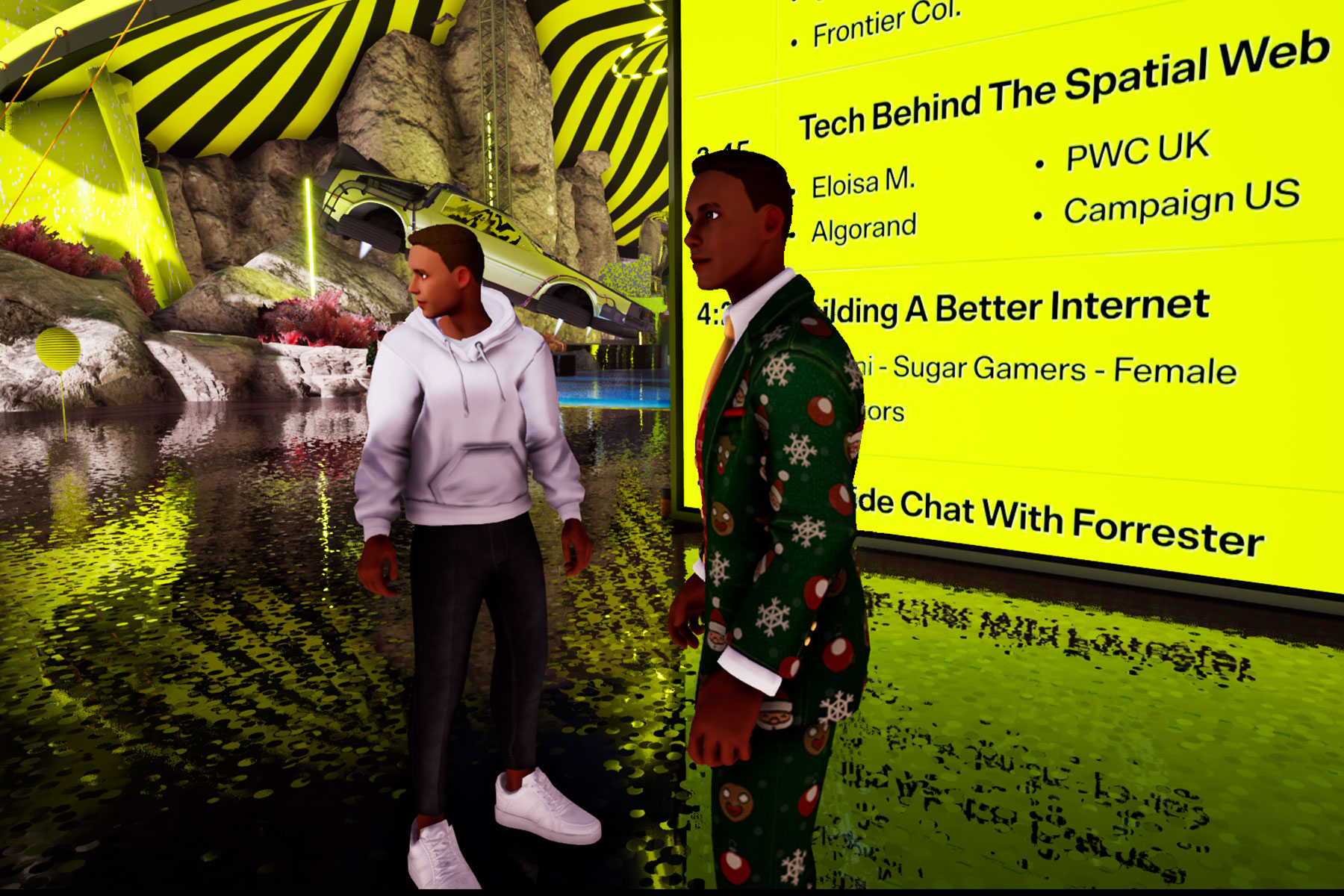
Promoting a metaverse event
A three-pronged approach across PR, email, and social helped us successfully promote Meta Festival and achieve more than 12.5 thousand registrations from 109 countries.
PR
With so much buzz around the metaverse and Web3, Meta Festival received coverage in more than a dozen articles and inclusions from Ad Age, Adweek, Business Insider, The Drum, Campaign, Persoenlich, Fast Company, and more.
On the PR front, our biggest takeaways were that it helped to have journalists either be invited to or participate in Meta Festival either as attendees or speakers. The recap articles that followed, whether they were from a partnership or not, were all examples of some of our best Meta Festival coverage.
We launched a ten-week email campaign for Meta Festival to a number of different contact lists, including newsletter subscribers, clients, and prospects.
The best open and clickthrough rate came from the emails sent to users who had previously engaged with DEPT®’s metaverse and Web3-related content and previous events. Looking ahead, segmenting our contact lists based on their download topics could help ensure we reach our target audience faster.
Social
Our social reach spanned DEPT® accounts, as well as Meta Festival, accounts for LinkedIn, Instagram, Twitter, and Facebook. For the first time, we also experimented with using TikTok, Youtube, and Reddit to generate registrations and interest.
Between organic and paid posts, we generated a total of 7.94 million impressions, 92.9 thousand clicks, and a 1.17% average CTR.
Of all of these platforms, our best performing one was the Meta Festival LinkedIn account, which earned a 19.6% CTR. Another top performer was our DEPT® Instagram account, which recorded 36.6 thousand impressions. Facebook scored the lowest engagement, with a 0.2% CTR.
Across platforms, we noted that video content drove the best performance on LinkedIn and Twitter, while for Instagram a combination of content worked best. Of the platforms we experimented with for the first time, YouTube was the most effective with TikTok performing well enough for us to make a point of creating a strategy to grow our presence there.
Looking ahead at the future of metaverse events
Early in 2022, Forrester estimated that 76% of B2C marketing executives would invest in metaverse events this year.
Considering the fact that only 16% of people understand what the metaverse is, 76% might seem bold.
But the reality is that not only is the metaverse getting bigger, better, and more popular; events like Meta Festival are too:
- More than 12.5 thousand people registered for this year’s 24H event, with a respectable 50% joining us in the metaverse.
- We generated more than 10,000 leads from the 5,000 brands in attendance.
- Over 100 countries were represented, spanning the entire globe from Panama to Mauritius, Dubai to Myanmar, and Tanzania to Kazakhstan.
That’s a pretty big evolution from last year’s small Berlin-based festival.
And, from sponsorship opportunities to VR headset capability, there’s only more we can accomplish from here.
More Insights?
View all InsightsQuestions?
Writer

